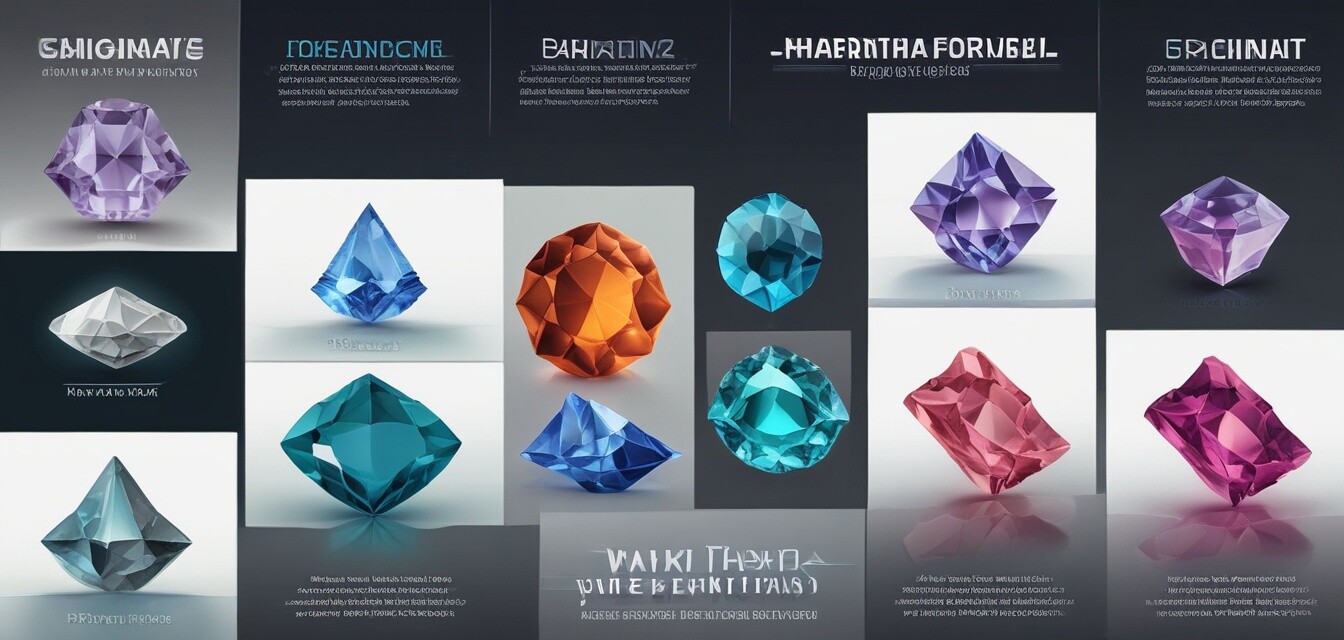
The Importance of Gemstone Treatments and Enhancements
Key Takeaways
- Gemstone treatments can enhance the appearance of stones but may affect their value.
- Common treatments include heat treatment, oiling, and irradiation.
- Understanding these treatments helps in making informed purchasing decisions.
- Proper care depends on the type of treatment a gemstone has undergone.
When it comes to gemstones, their beauty and brilliance can often be enhanced through various treatments. Understanding these treatments is essential for anyone interested in purchasing or caring for gemstones. This article aims to shed light on common gemstone treatments, their implications for value and care, and how to identify treated stones.
Common Gemstone Treatments
While some gemstones are naturally beautiful, many require treatments to improve their color and clarity. Here are some of the most common methods:
| Treatment Type | Description | Commonly Treated Gemstones |
|---|---|---|
| Heat Treatment | A process that involves heating to enhance color and clarity. | Sapphires, Rubies, Amethysts |
| Oiling/Resin Filling | Filling surface-reaching fractures with oil or resin to improve clarity. | Emeralds, Diamonds |
| Diffusion | Introducing chemical substances under high heat to change color. | Sapphires, Topaz |
| Irradiation | Using radiation to alter color, mostly in diamonds. | Diamonds, Blue Zircon |
Implications for Value
Understanding the implications of gemstone treatments is essential for valuing your jewelry accurately. Often, treated stones can be significantly less valuable than their untreated counterparts.
Pros
- Enhanced visual appeal.
- Increased affordability for beautiful stones.
- Wider selection of gemstones available.
Cons
- Potential reduction in long-term value.
- More delicate care required, impacting usage.
- Risk of misrepresentation if not disclosed.
How to Identify Treated Stones
Identifying whether a gemstone has been treated can be tricky but is crucial for proper appraisal. There are a few methods to help you discern:
- Consult with a professional: A certified gemologist can provide clarity on treatments.
- Inspect under magnification: Look for scratches, bubbles, or irregularities indicative of treatment.
- Request documentation: Always ask about treatment when purchasing; reliable sellers will have documentation.
- Ask for laboratory grading: A grading report from respected labs can confirm treatment methods.
Care and Maintenance of Treated Gemstones
Taking care of treated gemstones requires special attention depending on the type of treatment. Below are general care tips:
Beginners Section: Care Tips for Treated Gemstones
- For oil-treated stones, avoid ultrasonic cleaners and steam cleaning.
- Store in a soft pouch to prevent scratches.
- Use mild soap and water for cleaning.
- Be cautious with heat and light exposure which can trigger changes in some treatments.
Conclusion
In summary, gemstone treatments play a significant role in their beauty and value. Understanding them not only empowers you as a buyer but also ensures you are making informed choices when it comes to caring for your gemstones. Always consider consulting with professionals for evaluations and ensure that any purchase includes a clear disclosure of treatments. For those interested in more aspects of purchasing and caring for jewelry, explore our Buying Guides or browse our Engagement Rings.